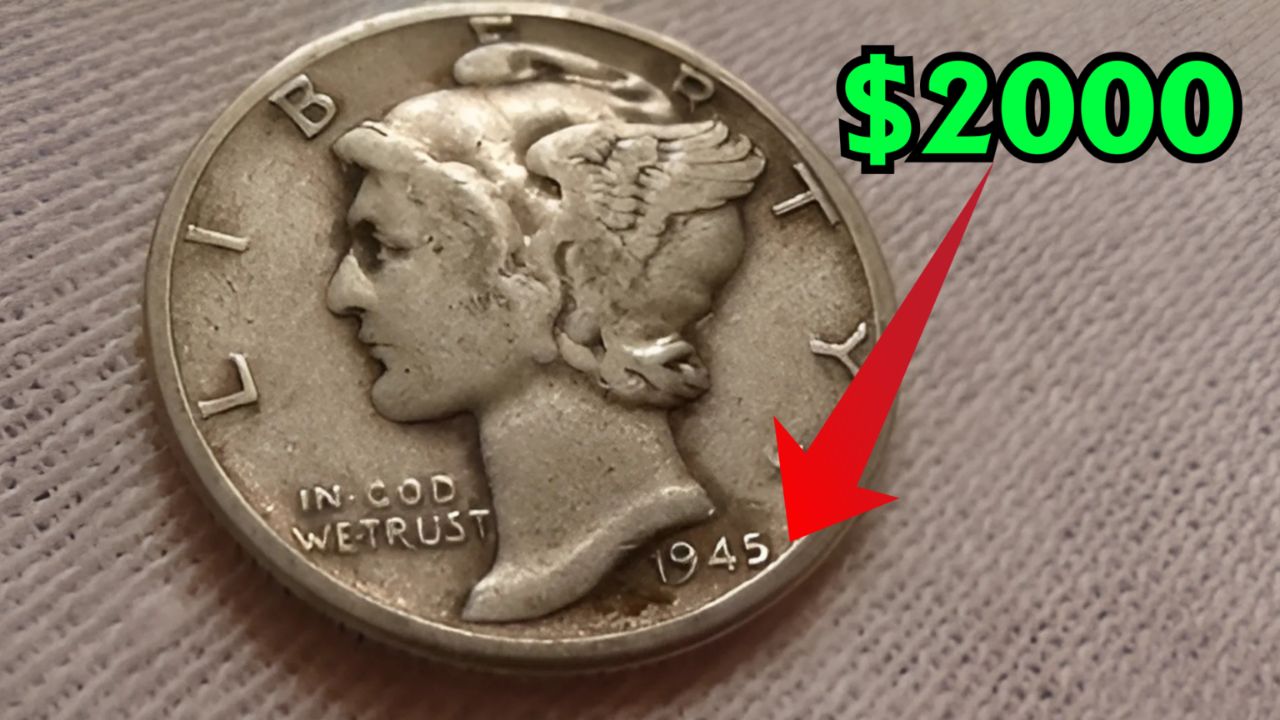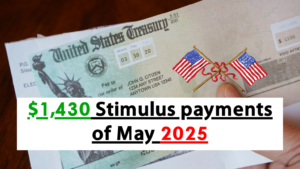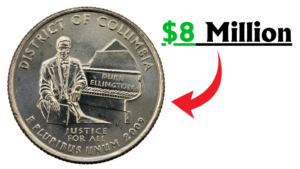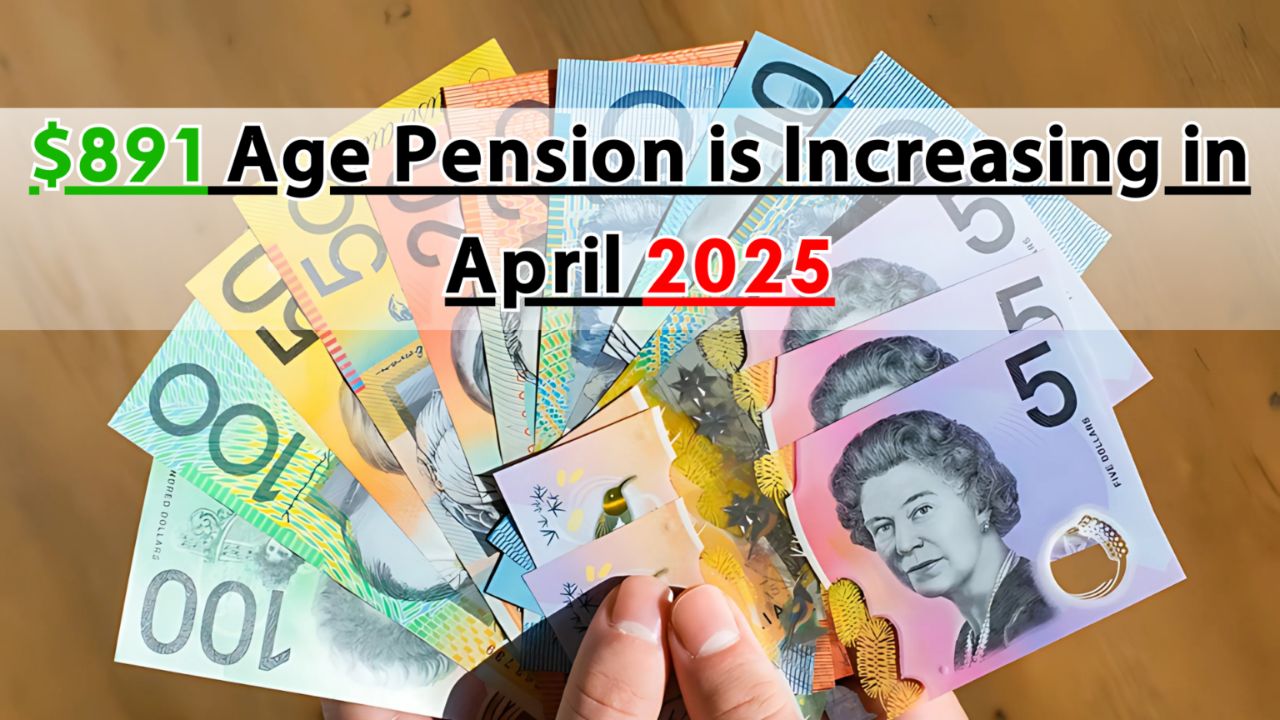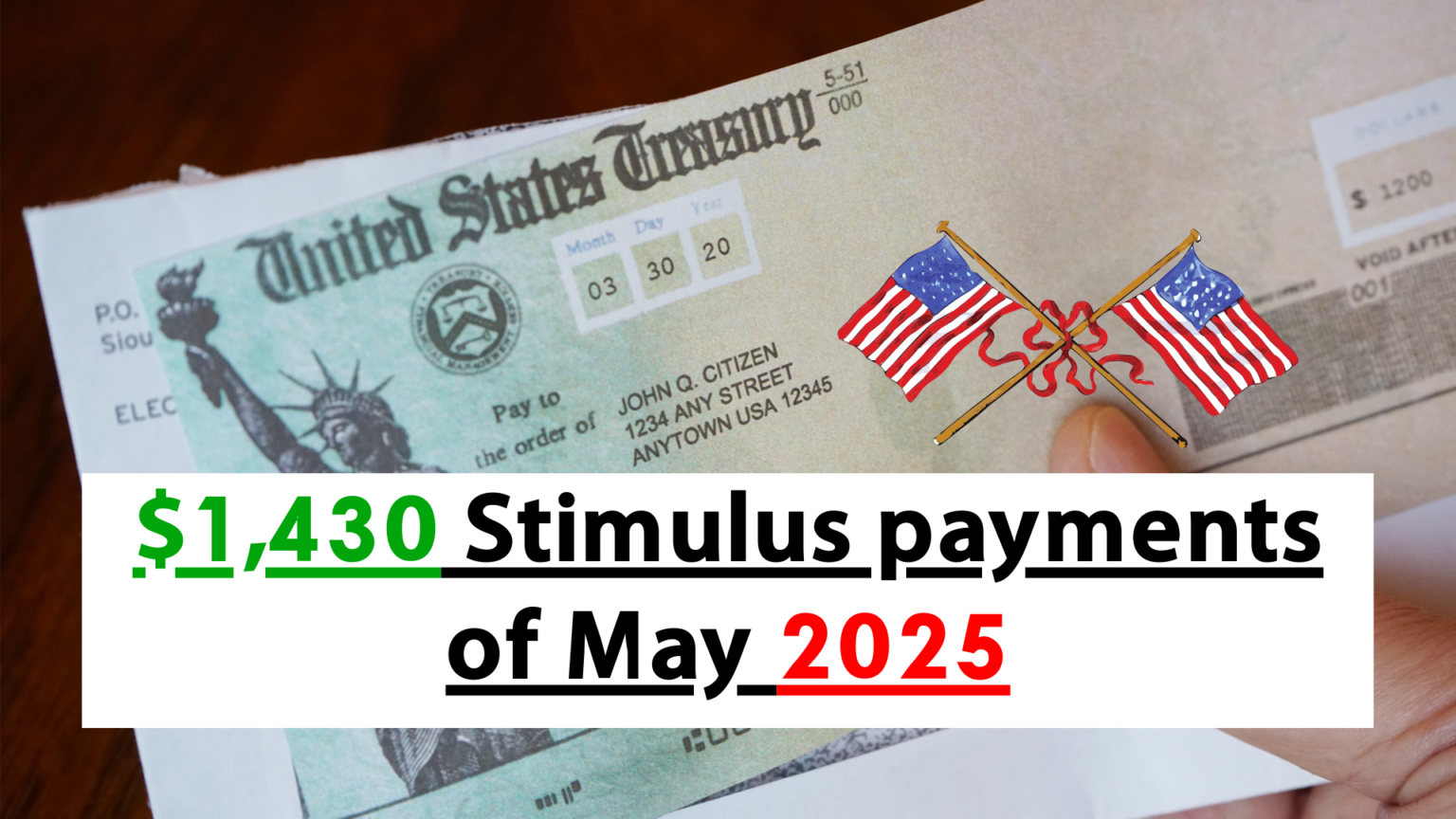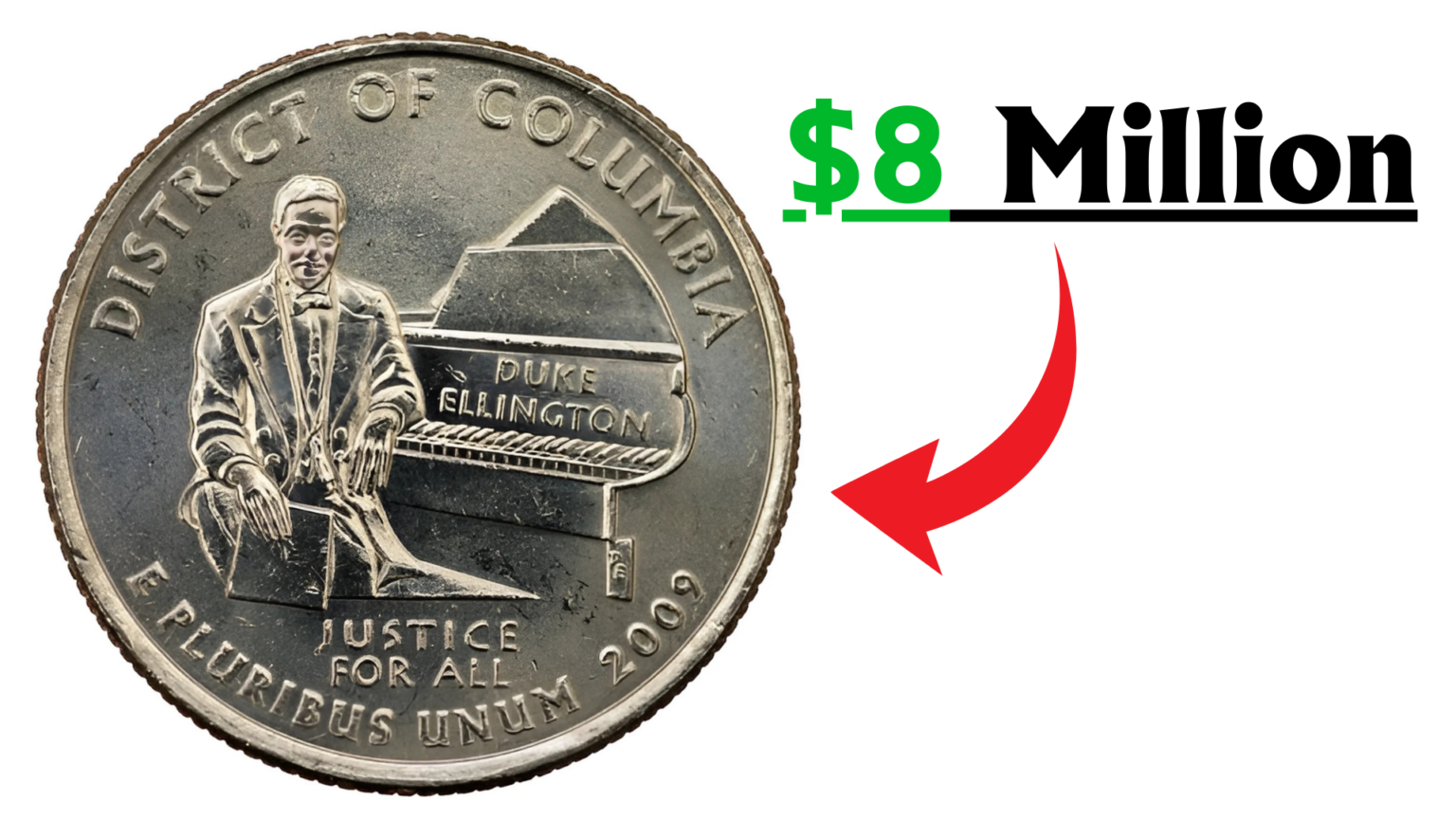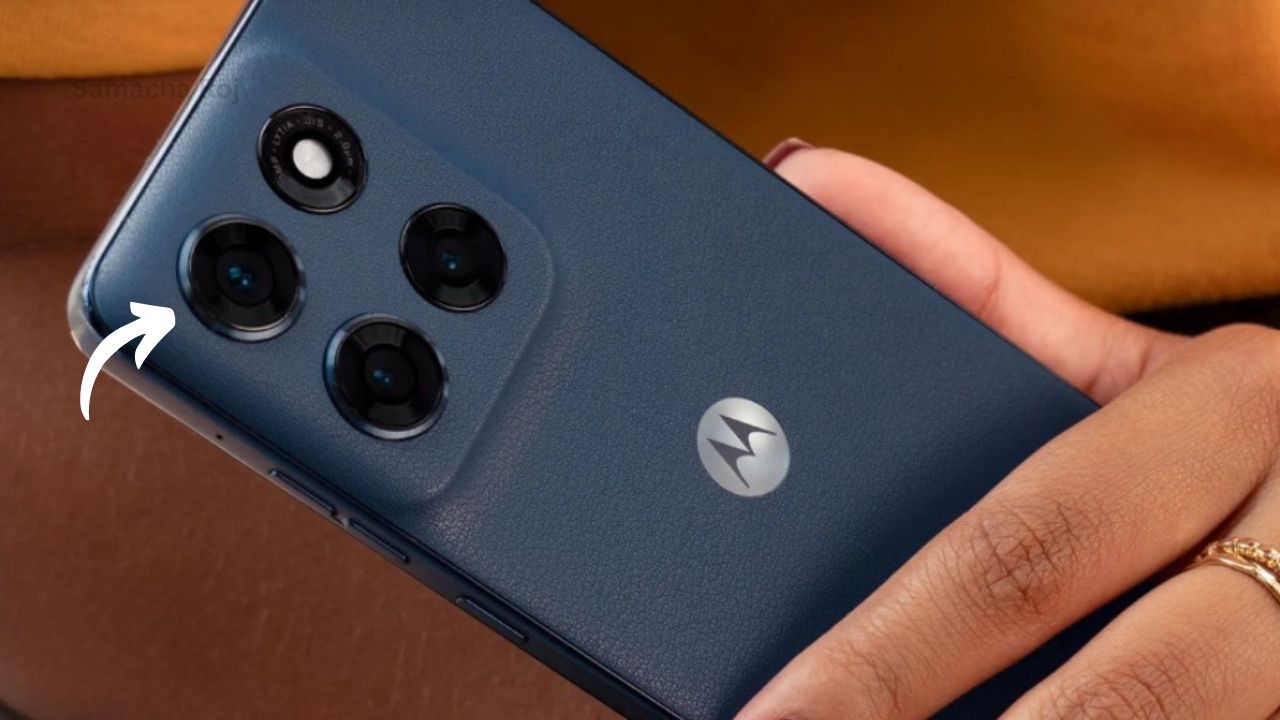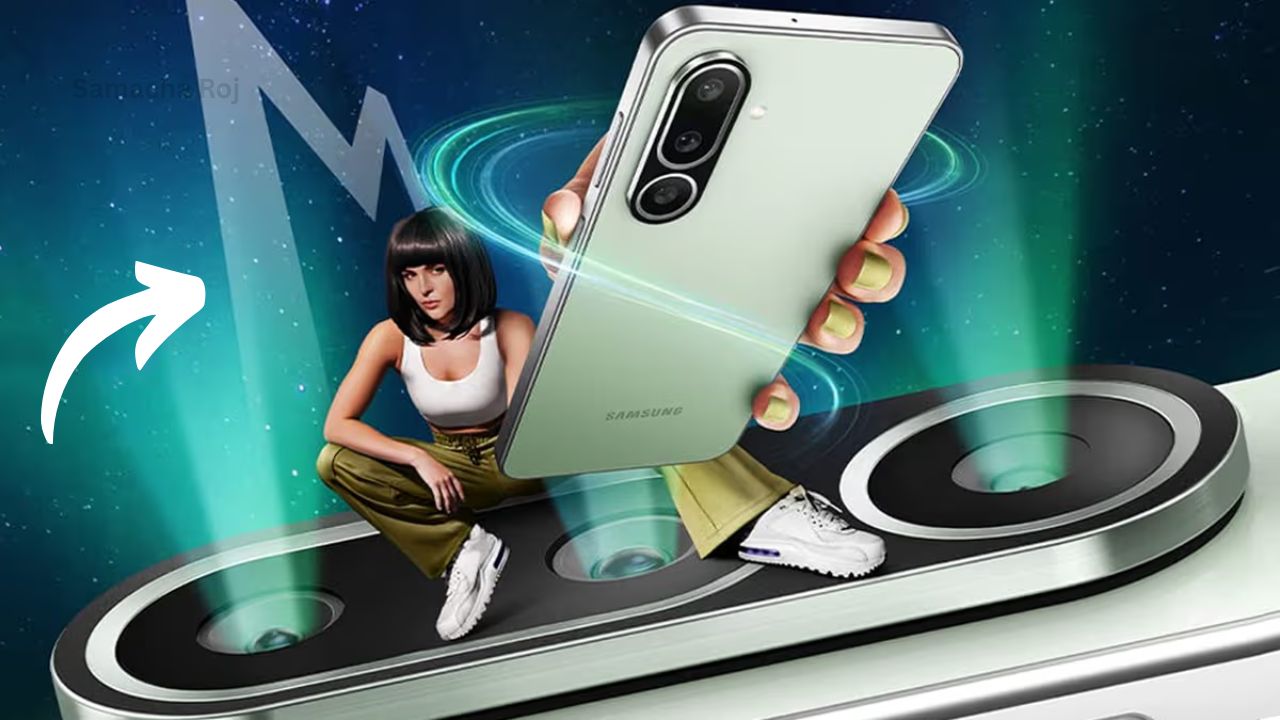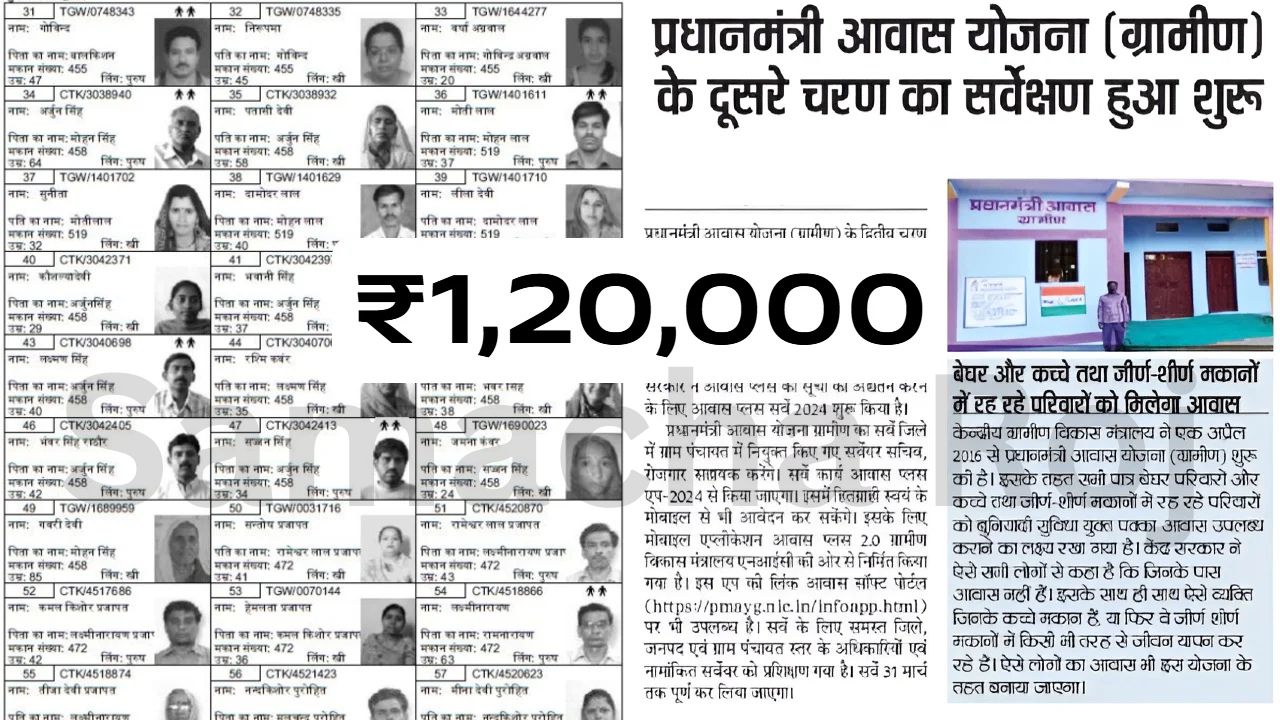Have you ever rummaged through an old jar of coins or inherited a dusty collection from a relative? Maybe you’ve wondered if any of those tarnished pennies or peculiar dimes could be worth more than their face value. Spoiler alert: some coins are worth thousands, and you might be sitting on a hidden fortune! In this guide, I’ll walk you through nine rare coins valued at $2,000 or more, share stories of real-life finds, and sprinkle in expert tips to help you spot a treasure. Whether you’re a curious newbie or a seasoned collector, let’s dive into the thrilling world of numismatics and uncover coins that could change your financial game.
Why Rare Coins Are Hidden Gems
Coin collecting isn’t just for hobbyists with magnifying glasses—it’s a treasure hunt anyone can join. Rare coins gain value due to low mintage, historical significance, or minting errors. Imagine finding a penny that’s worth more than a fancy vacation! According to the Professional Coin Grading Service (PCGS), some coins have sold for millions at auction, but plenty of others hover around $2,000—valuable enough to make your heart race without being unattainable. Let’s explore nine coins that fit this bill, starting with a classic that’s sparked countless dreams.
1. 1969-S Lincoln Cent with Doubled Die Obverse
Value: $2,000–$25,000+
Ever heard of a penny that’s pricier than a used car? The 1969-S Lincoln Cent with a doubled die obverse is exactly that. This coin features a noticeable doubling in the date and inscriptions, caused by a minting error. Only a handful exist, making it a collector’s holy grail.
Real-Life Find: In 2018, a Michigan man found one in his grandfather’s collection. After grading, it sold for $12,000 at auction. He thought it was just another penny until he noticed the blurry date under a loupe!
How to Spot It: Look for doubling in “LIBERTY” and “1969.” You’ll need a magnifying glass, as the effect is subtle but distinct. If you suspect a find, consult a numismatist to verify authenticity.
2. 1943 Copper Lincoln Penny
Value: $2,000–$200,000+
During World War II, pennies were made of steel to save copper for the war effort. But a few copper pennies slipped through in 1943, creating one of the most famous error coins ever. Fewer than 20 are known to exist.
Story Time: In 1996, a teenager in New Jersey found one in his lunch money change. It sold for $82,500 years later. Talk about a lucky lunch!
Expert Tip: “If your 1943 penny doesn’t stick to a magnet, get it appraised immediately,” says coin dealer Sarah Miller. “Most are steel, so a copper one is a jackpot.”
3. 1916-D Mercury Dime
Value: $2,000–$15,000+
The 1916-D Mercury Dime is a key date for collectors due to its low mintage of just 264,000. Struck in Denver, it’s a tiny silver coin with big potential.
Why It’s Special: Its scarcity drives value, especially in higher grades. A well-preserved example can fetch five figures at auction.
How to Identify: Check for the “D” mint mark on the reverse, near the olive branch. Worn coins might still hit $2,000, but pristine ones soar higher.
4. 1937-D Buffalo Nickel (3-Legged Variety)
Value: $2,000–$10,000+
This quirky coin earned its nickname because a minting error polished away one of the buffalo’s legs, leaving it with three. It’s a favorite among collectors for its odd charm.
Real-Life Example: A Texas woman found one in her father’s cigar box in 2020. Graded MS-63, it sold for $6,500. She used the money for a dream trip to Italy!
Pro Tip: Look at the buffalo’s front right leg (left side when facing you). If it’s missing, you’re holding something special.
5. 1955 Doubled Die Lincoln Penny
Value: $2,000–$20,000+
Another doubled die star, the 1955 Lincoln Penny shows dramatic doubling in the date, “LIBERTY,” and “IN GOD WE TRUST.” It’s one of the most visually striking error coins.
Fun Fact: These were minted in Philadelphia, and thousands slipped into circulation before the error was caught. Many are still out there!
Spotting It: The doubling is bold enough to see with the naked eye. Compare it to a regular 1955 penny to confirm.
6. 1921 Peace Dollar (High Relief)
Value: $2,000–$5,000+
The 1921 Peace Dollar, with its high-relief design, celebrates the end of World War I. Its bold details make it a standout, but only a million were minted, and fewer survive in top condition.
Collector’s Insight: “High-relief coins wear down faster, so finding a sharp 1921 is tough,” notes numismatist David Harper. “That rarity pushes prices up.”
Check For: Look for crisp details in Liberty’s hair and the eagle’s feathers. A worn coin might dip below $2,000, but a gem shines bright.
7. 1893-S Morgan Silver Dollar
Value: $2,000–$50,000+
The 1893-S Morgan Dollar is the rarest of its series, with a mintage of just 100,000. Most were circulated heavily, so high-grade examples are scarce.
Treasure Tale: In 2013, a California retiree found one in a safe deposit box. Graded VF-30, it sold for $8,000—enough to fund her grandkids’ college savings.
Identification: The “S” mint mark is key. Even in poor condition, it’s worth $2,000; pristine ones hit six figures.
8. 1909-S VDB Lincoln Penny
Value: $2,000–$10,000+
The 1909-S VDB penny caused a stir when it was released, as designer Victor David Brenner’s initials were deemed too prominent. Only 484,000 were minted before the design changed.
Why It Matters: Its low mintage and historical drama make it a must-have. Even circulated coins hold strong value.
Look For: The “S” mint mark and “VDB” on the reverse, near the wheat stalks. A loupe helps spot the tiny initials.
9. 1970-S Small Date Lincoln Penny
Value: $2,000–$5,000+
The 1970-S Small Date penny is a subtle but valuable variety. The date appears smaller and higher than the “large date” version, caused by a different die.
Expert Advice: “Small date coins are trickier to spot, but they’re worth the effort,” says PCGS grader Emily Chen. “Check the ‘7’—it aligns with the top of the ‘0’.”
How to Confirm: Compare the date size to a large date 1970-S. The small date’s “LIBERTY” also looks tighter.
How to Find and Verify Your Rare Coins
Ready to hunt for treasure? Start with piggy banks, old jewelry boxes, or estate sales. But finding a coin is just step one—verifying its authenticity is crucial.
- Step 1: Inspect Closely: Use a magnifying glass to check mint marks, dates, and errors. Compare to online images from trusted sources like PCGS or NGC.
- Step 2: Get It Graded: Professional grading services like PCGS or NGC authenticate and assign a condition score. This boosts value and buyer trust.
- Step 3: Consult Experts: Local coin shops or numismatic societies offer appraisals. Avoid cleaning coins—it can slash their value!
Caution: Counterfeits exist, especially for high-value coins like the 1943 copper penny. If it seems too good to be true, it might be.
Where to Sell Your Valuable Coins
Found a keeper? Selling wisely maximizes your profit. Here are your options:
- Auction Houses: Heritage Auctions or Sotheby’s handle high-value coins, fetching top dollar but charging fees.
- Coin Dealers: Local shops offer quick sales, though prices may be lower than auctions.
- Online Marketplaces: eBay or specialized platforms like GreatCollections work, but research fair market value first.
- Collector Networks: Join forums like Reddit’s r/coins or attend coin shows to connect with buyers.
Pro Tip: Get multiple offers to ensure you’re not underselling. A 1916-D dime sold for $3,500 in 2024 after the owner shopped around!
The Thrill of the Hunt
Coin collecting is more than chasing cash—it’s about connecting with history. Each coin tells a story, from wartime sacrifices to minting mishaps. Take the 1937-D three-legged buffalo nickel: it’s a quirky reminder of human error and resilience. Whether you find a $2,000 gem or a sentimental keepsake, the journey is what counts.
I remember my uncle showing me his coin book as a kid, pointing out a worn buffalo nickel. “This one’s not rare,” he said, “but it’s mine.” That spark of curiosity led me to learn about coins like the ones above. Maybe you’ll feel it too, sifting through a pile of change.
FAQs About Rare Coins Worth $2,000+
What makes a coin worth $2,000 or more?
Rarity, condition, and demand drive value. Low mintage, errors (like doubled dies), or historical significance (like wartime coins) can push prices above $2,000.
How do I know if my coin is rare?
Check the year, mint mark, and any unusual features. Use a magnifying glass to spot errors. Reference guides like the “Red Book” or PCGS’s website help identify valuable coins.
Can I clean my coins to increase value?
Never clean coins! Cleaning removes patina and can damage surfaces, lowering value. Leave them as-is and let professionals handle conservation.
Where can I sell rare coins?
Auction houses, coin dealers, online platforms like eBay, or collector networks are great options. Get appraisals to ensure fair pricing.
Are rare coins a good investment?
They can be, but values fluctuate. Focus on coins with strong demand, like key dates or errors. Consult experts to avoid overpaying or buying fakes.
Final Thoughts
The next time you spot a jar of coins, don’t dismiss it as spare change. Among those pennies and dimes could lurk a 1969-S doubled die or a 1943 copper rarity—each a ticket to a $2,000+ payout. With a keen eye and a bit of research, you might uncover a fortune hidden in plain sight. So, grab a magnifying glass, channel your inner treasure hunter, and start exploring. Who knows? Your next big find could be just a coin flip away.

